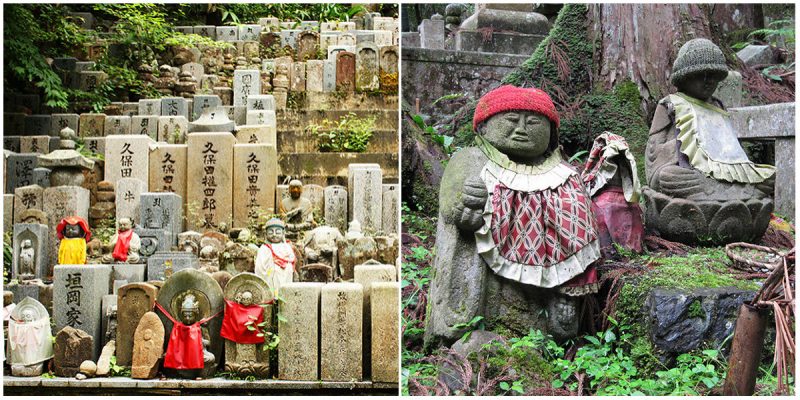Okunoin Cemetery is located in Koya-san, an ancient village in Japan’s mountainous Wakayama Prefecture. It is the biggest cemetery in Japan and it is home to more than 200,000 graves of Buddhist monks who are waiting for the resurrection of Buddha.
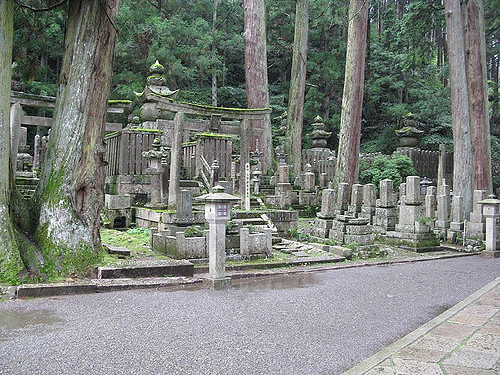
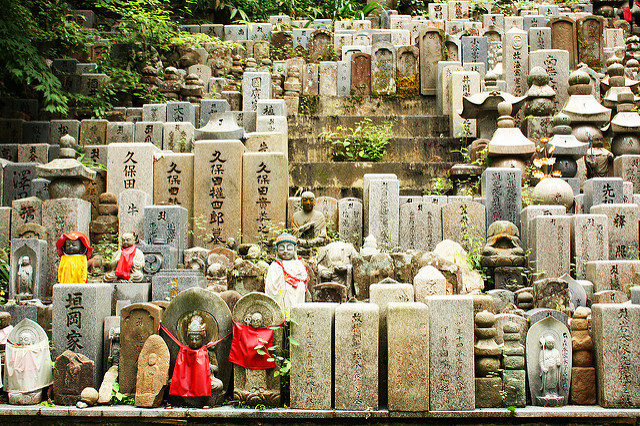
As the story is told, one day Kobo Daishi, the founder of the religious community of Mount Koya, came out of meditation upon the arrival of Miroku, the Buddha of the future. He died on March 21st 835. Since then he is believed to be in eternal meditation in his mausoleum, concentrating on liberating all beings.
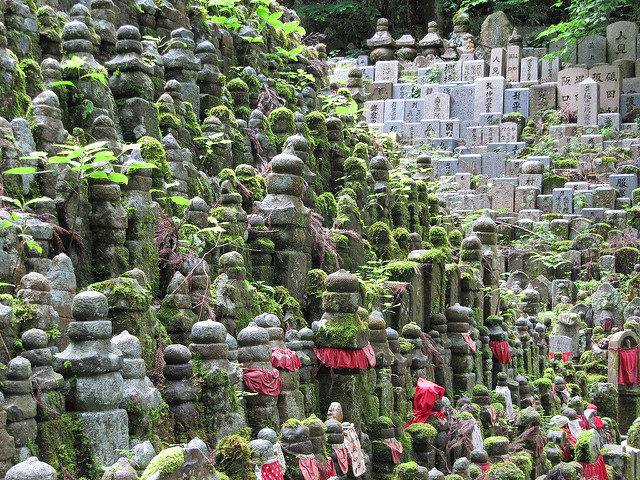
The number of graves in Okunoin continues to increase and every inch of it is sacred. It dates back to at least 816 AD and it is 2km long. The Shingon Buddist School believe that there are no dead in Okunoin, but only waiting spirits.
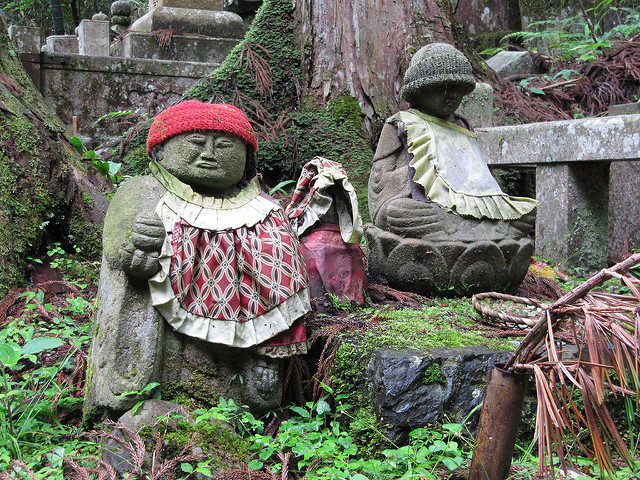
There are a lot of Jizu statues and the occasional war memorial. A large number of historical people, war heroes, royalty, business leaders, children, and pets are buried in this cemetery. The Jizu statues are lined up by a stream. Locals pray at the statues, throwing water, bowing their heads, and offering respect and prayer.
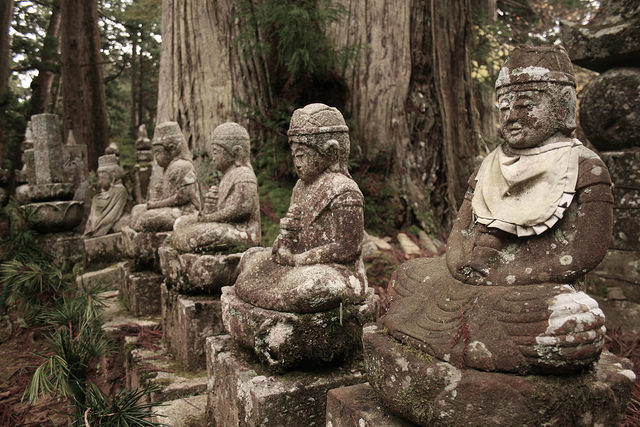
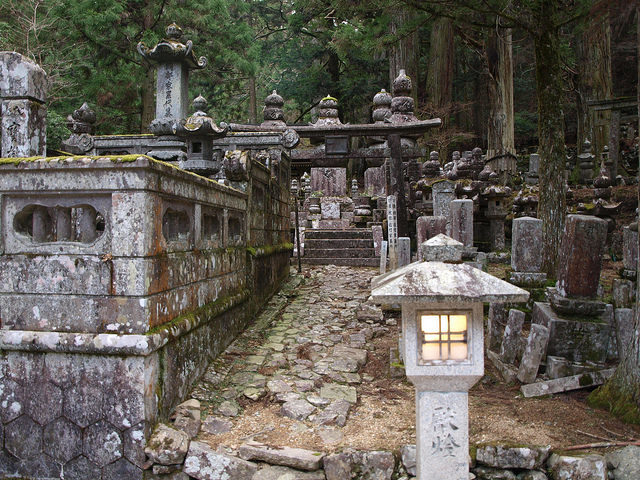
Every pagoda and gate is stunning, particularly the 20 structures at Danjo Garan, often described as the second most sacred site in Koya-san. In the cemetery, there are ancient cedar forests which are reputed to be almost one thousand years old.
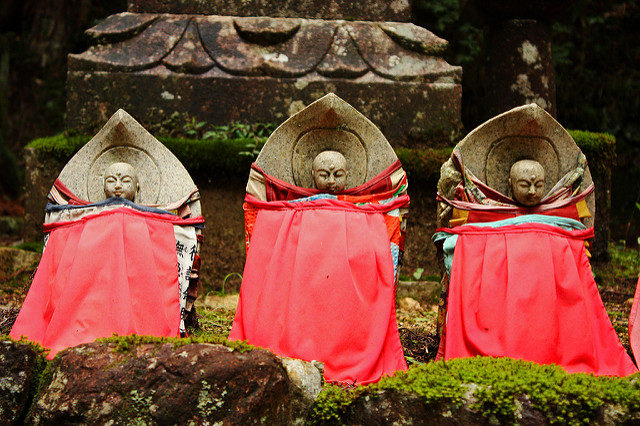
There is also a place called Torondo, or the Lantern Hall. It is a really important shrine where 10,000 donated lanterns hang. According to the BBC, two of these lanterns have been burning continuously since 1088 AD: one from a former emperor and the other from a peasant woman, who sold her hair for a lantern to pray for her deceased parents.
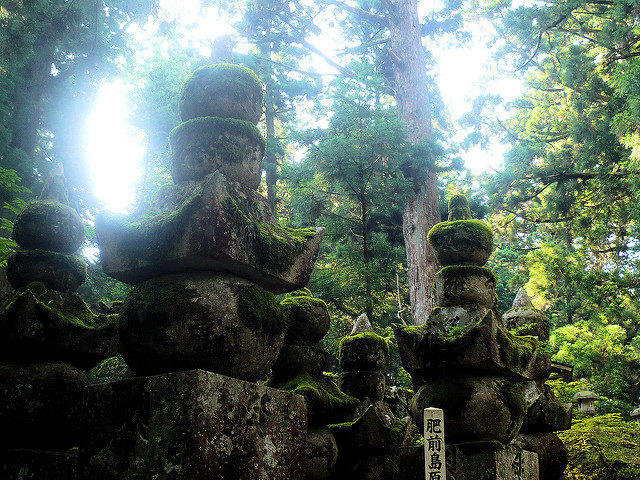
Many lives would be necessary to discover all the secrets of the cemetery. Okunoin is very important t Japan’s cultural heritage; in 2004, UNESCO named Mount Koya a World Heritage Site.
